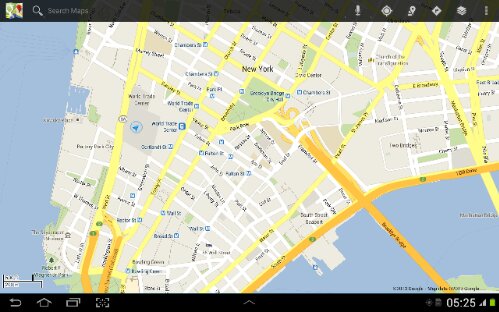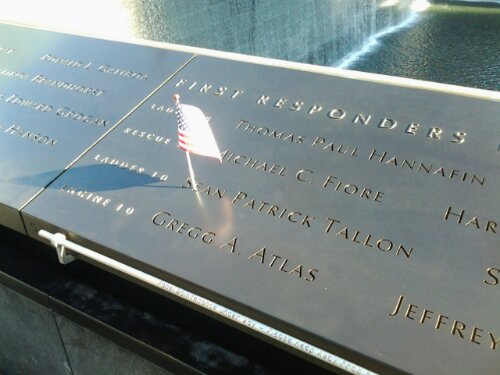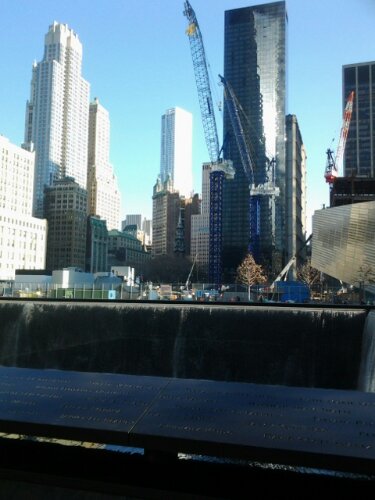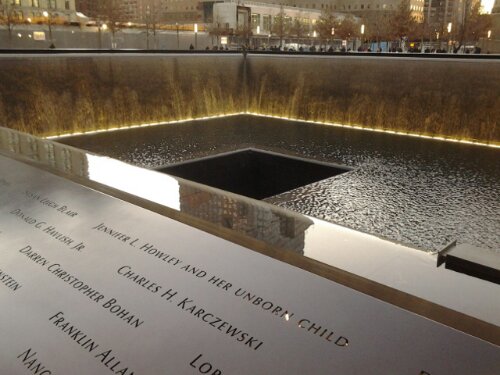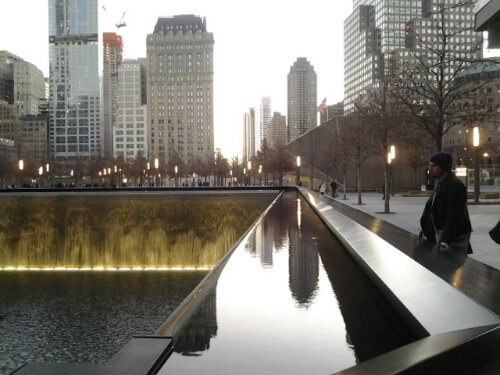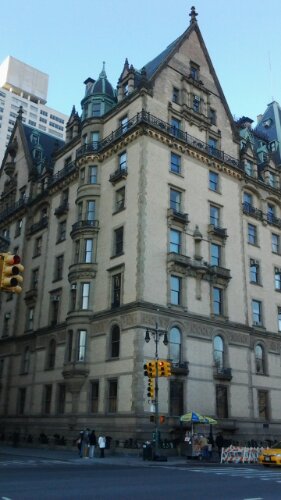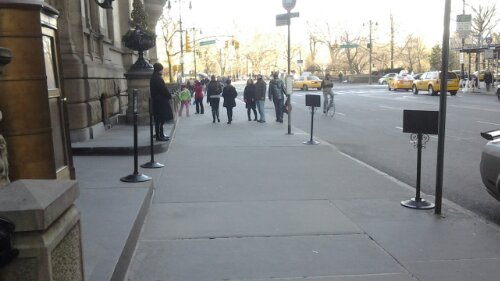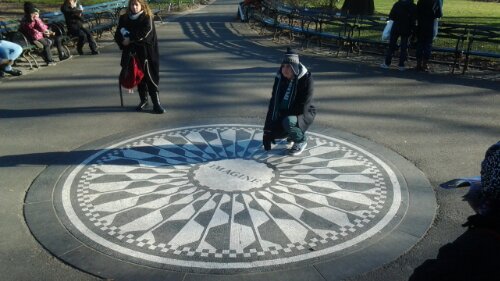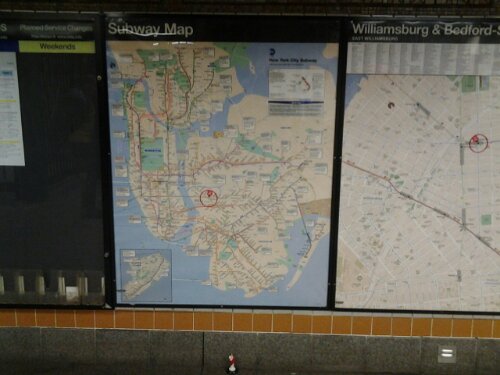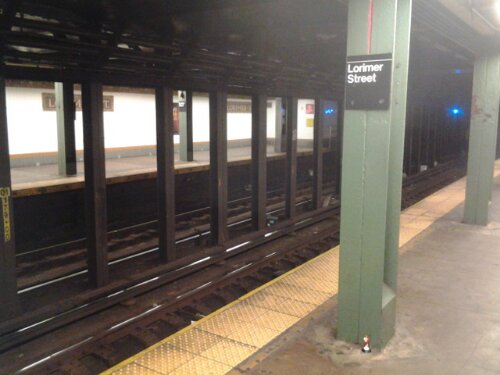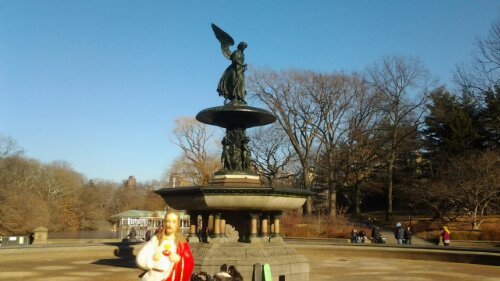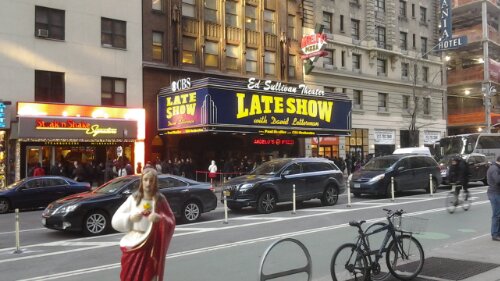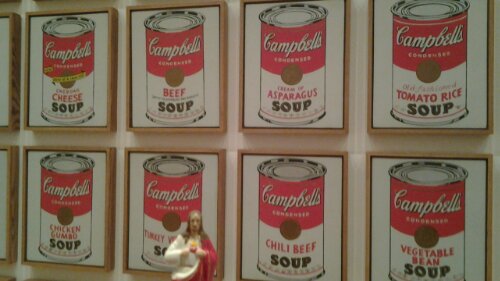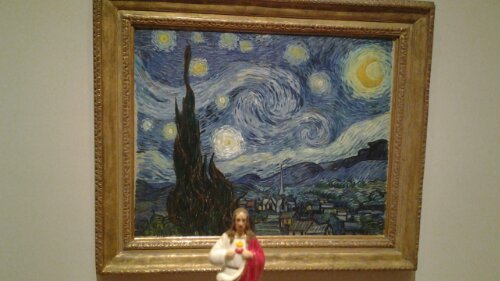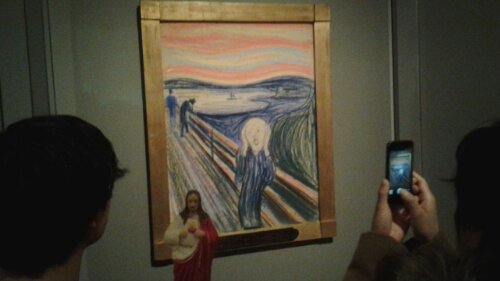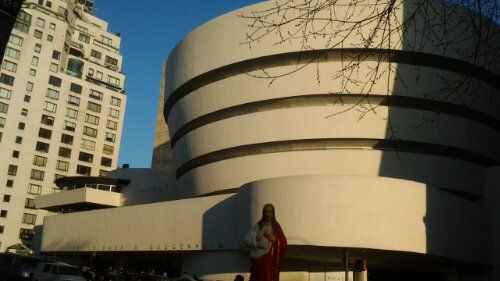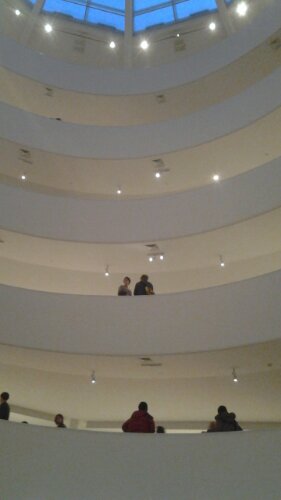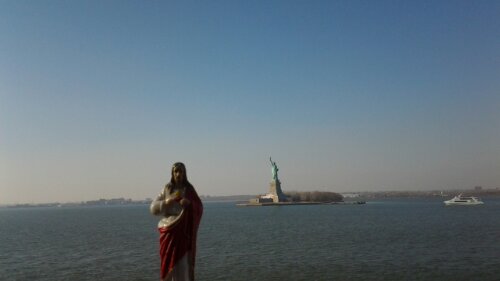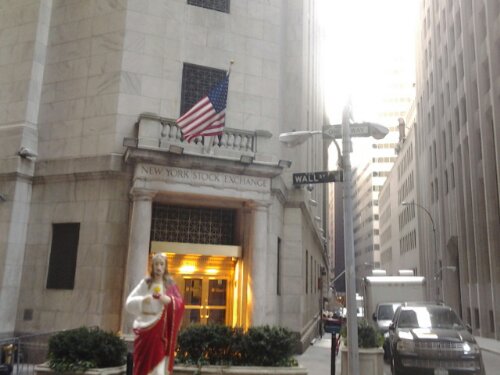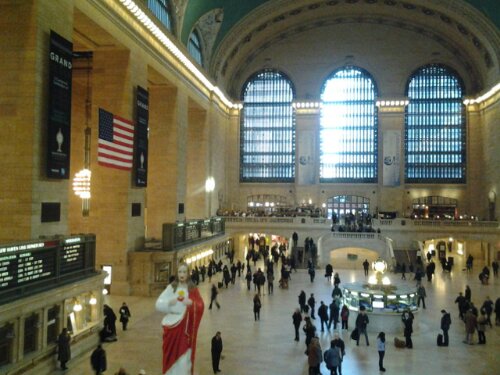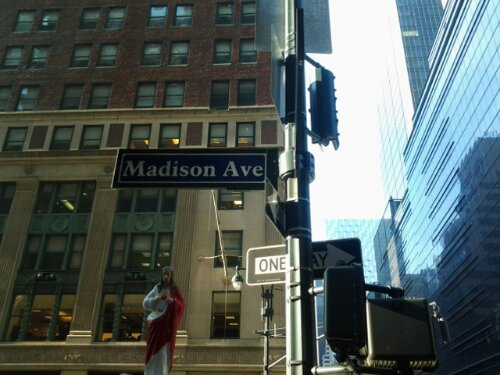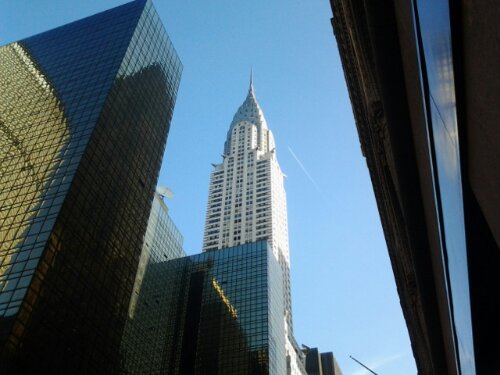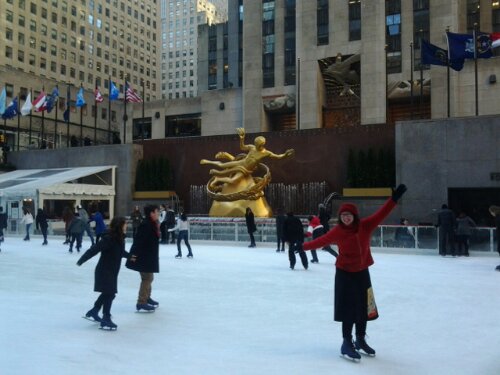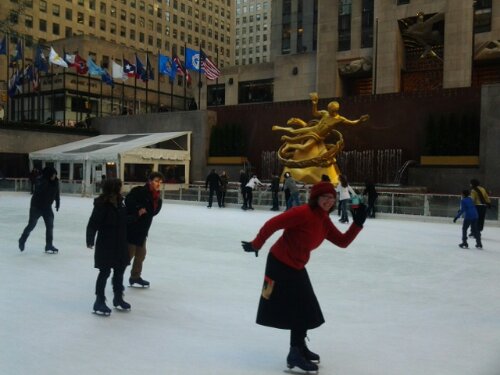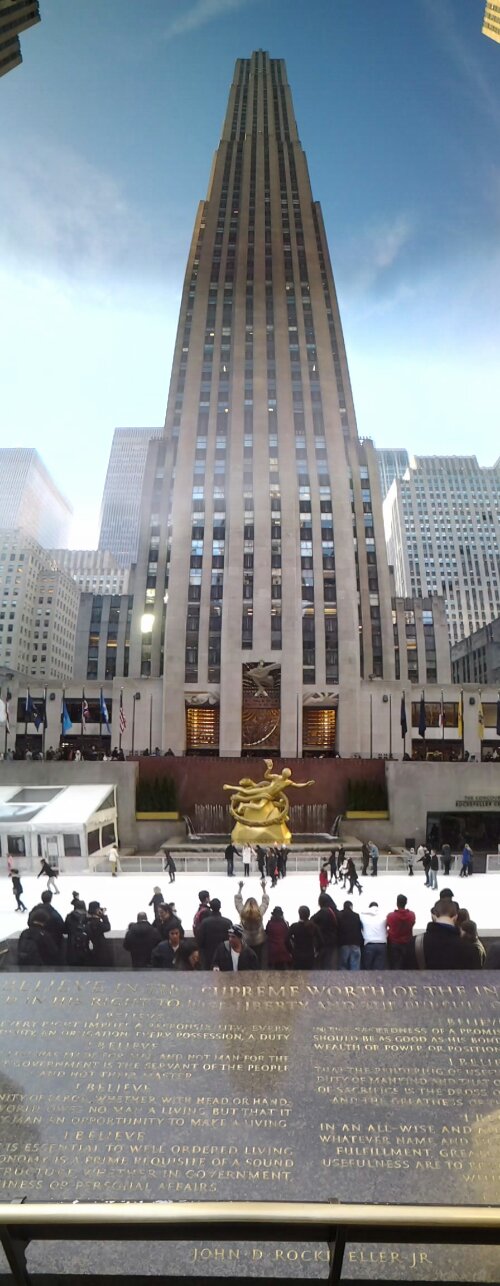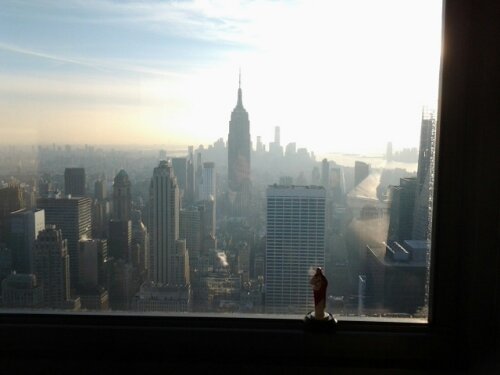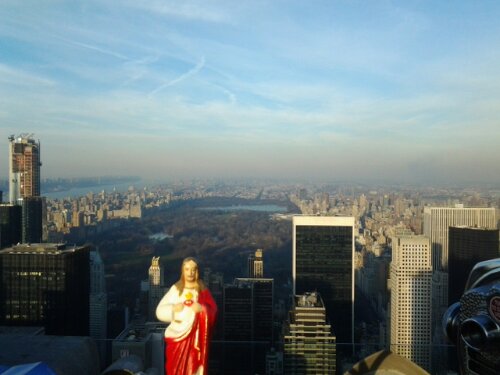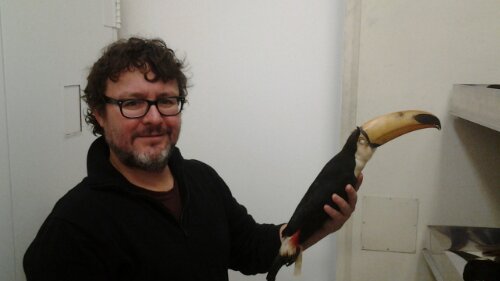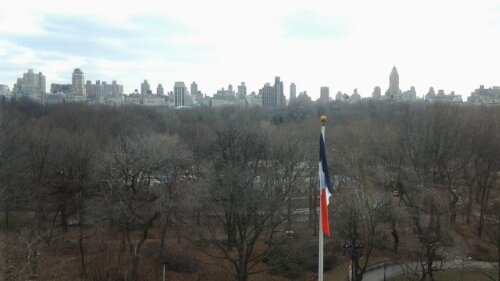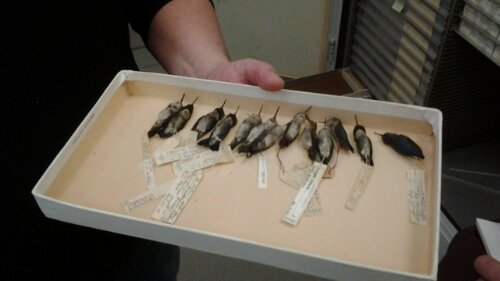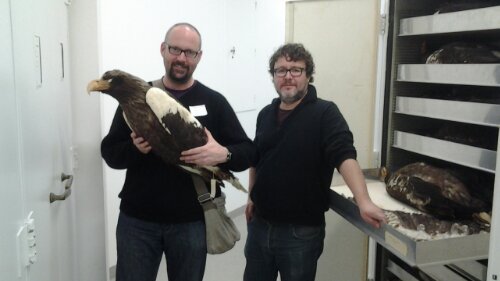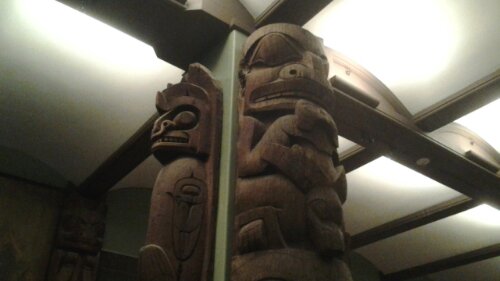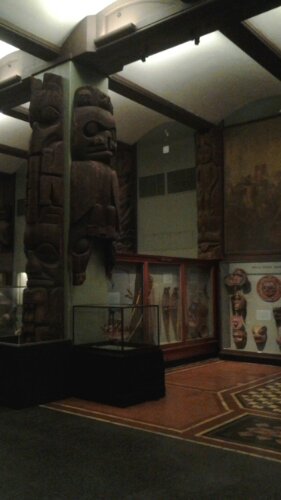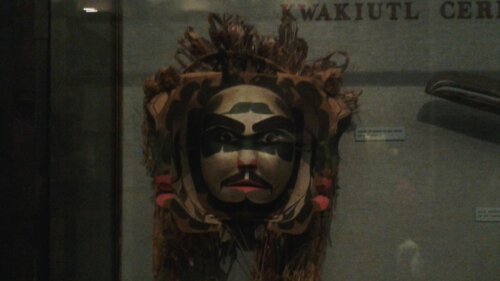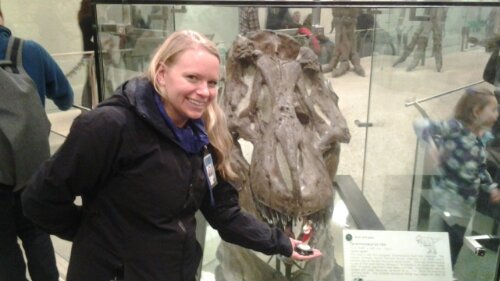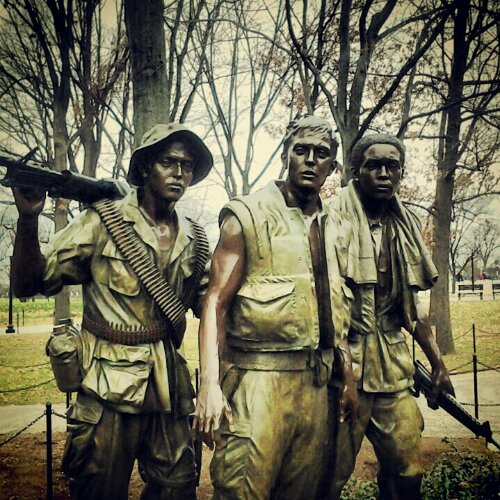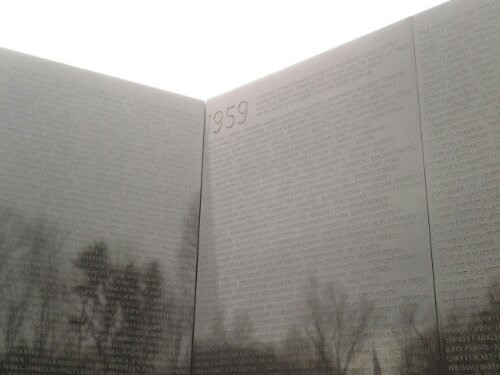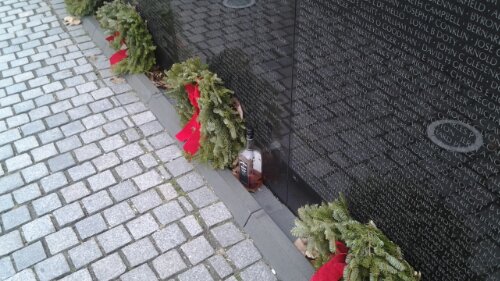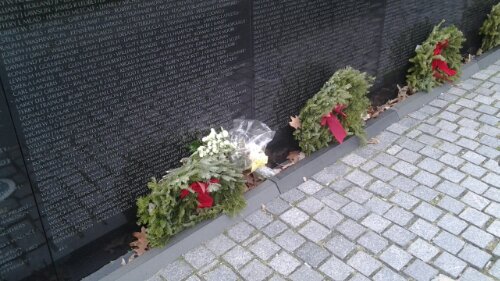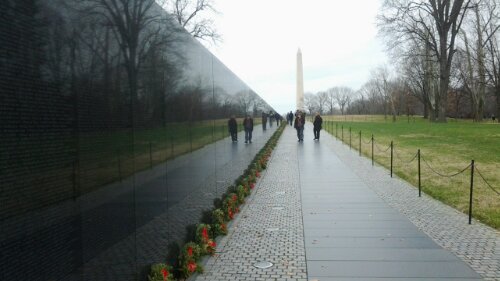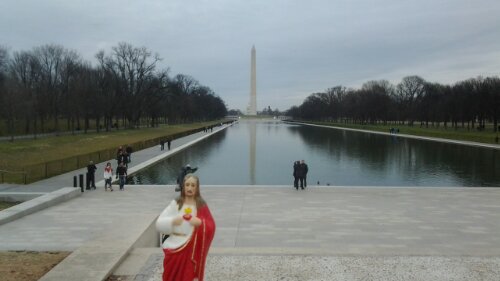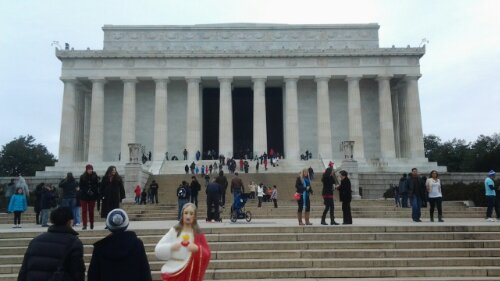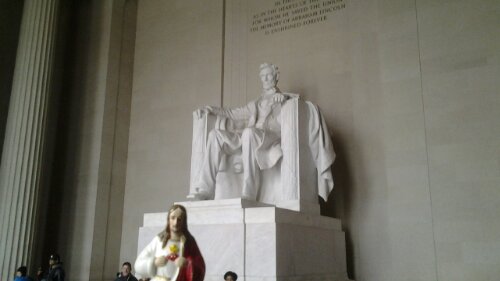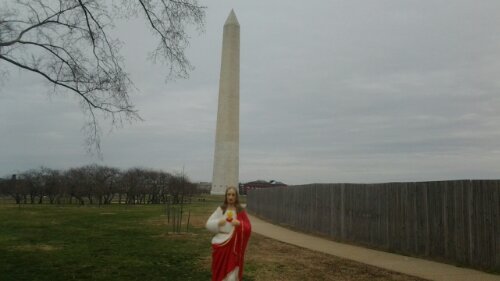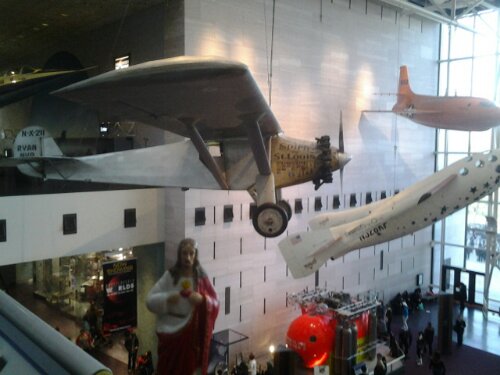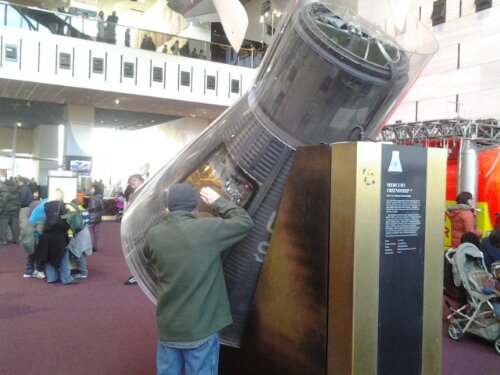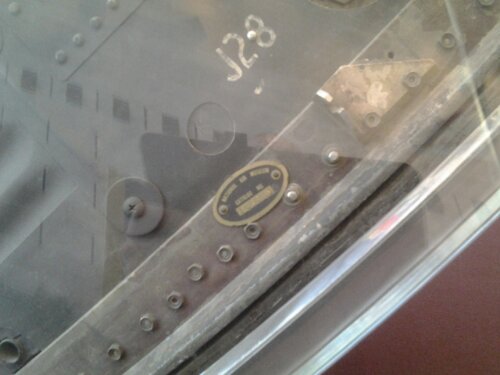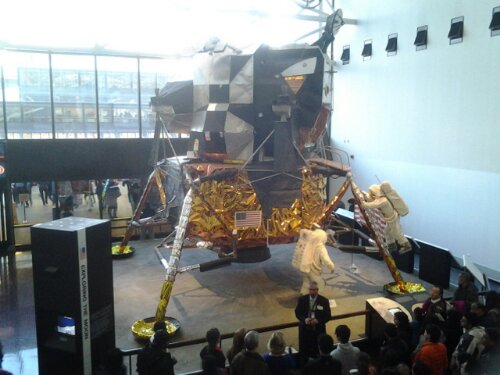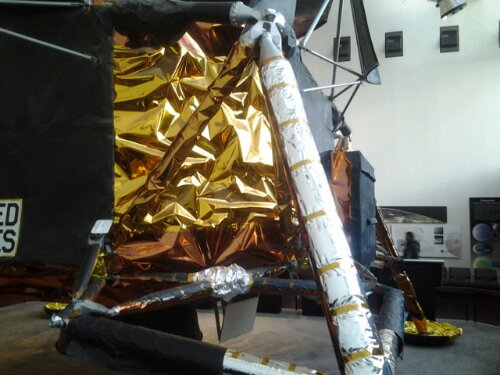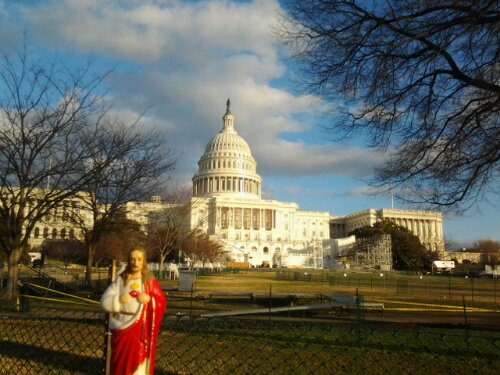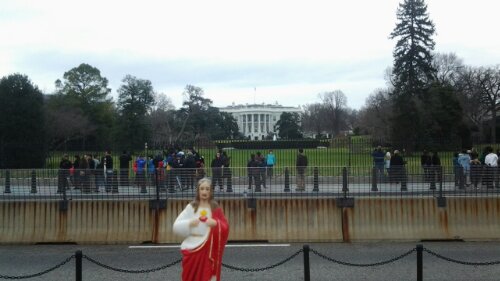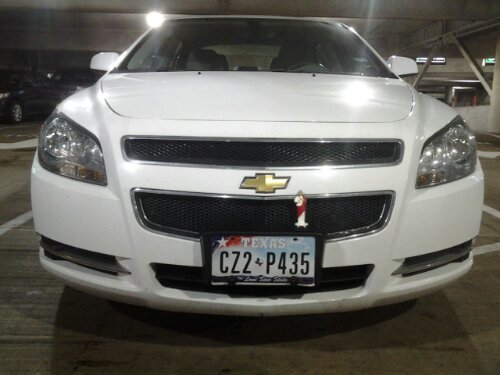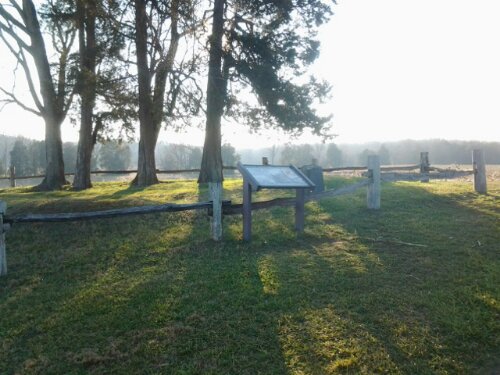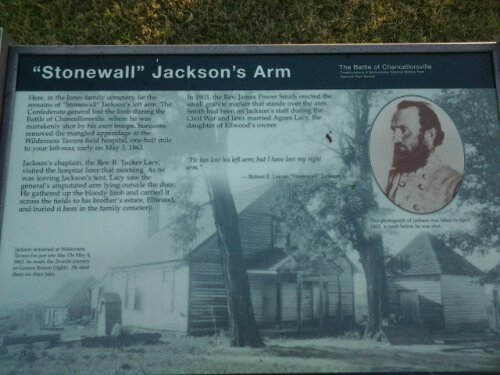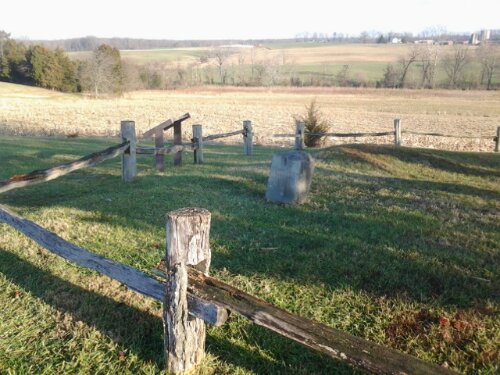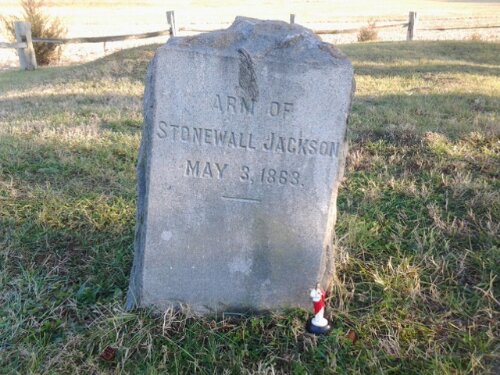This particular day I visited Arlington National Cemetery. Originally the estate of Confederate general Robert E Lee, the Union army started the practice of burying war dead in the gardens of the estate in the hopes that the Lee family would never want to return.

Now, Arlington National Cemetery is a textbook of America’s history. It’s filled with the mortal remains of this country’s statesmen and generals, as well as ordinary soldiers, sailors and airmen, whose sacrifice have written the history of this country and the world. It’s a lot to take in, so I went there wanting to visit certain people and places.

The grave of John F Kennedy is placed within a plaza ringed by a low wall, which carries engravings of his well known quotes. This is the view from Kennedy’s tomb across the Potomac to the Lincoln Memorial.
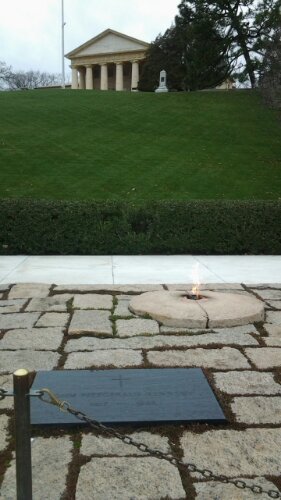
Kennedy’s tomb is overlooked by Arlington House, Lee’s original home.
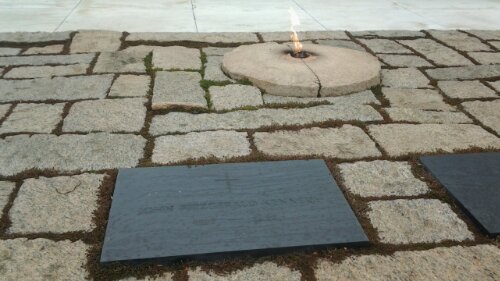
He’s buried here with other members of his family.
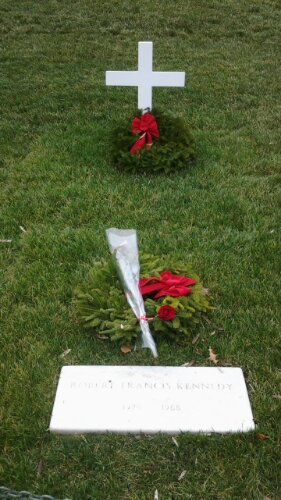
A short distance away is the grave of his murdered brother, Robert Kennedy.
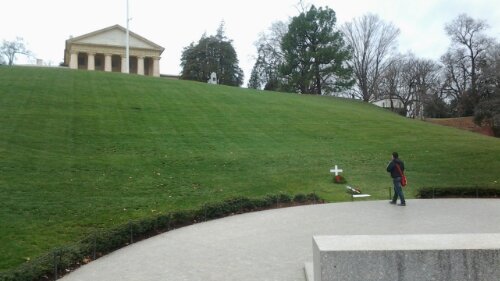
To be honest, the way that Bobby’s grave is situated had a far greater impact on me.
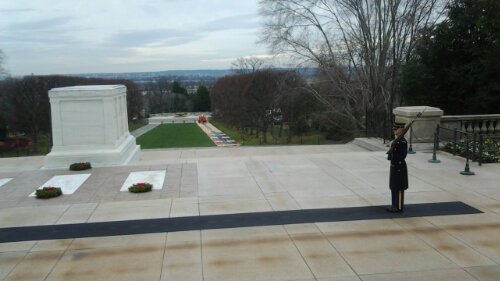
This is the Tomb of the Unknowns, guarded night and day by soldiers from the US Army’s Old Guard. I was fortunate enough to see the changing of the guard ceremony. I did’t take any photos of this ceremony, as I didn’t want to disturb anyone, and there are a number of videos of it on YouTube.
Long story short, these guys make the Federation Guard look like the Wiggles.
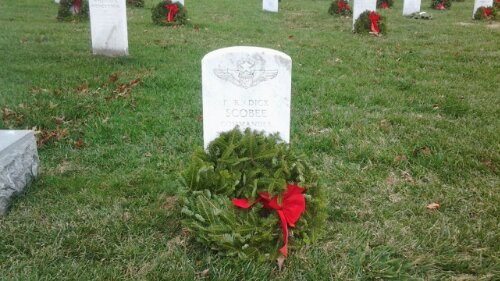
Nearby are memorials to the space shuttles Challenger and Columbia, and beside them is the grave of Dick Scobee, Commander of Challenger. It occurred to me that this man took his last steps on earth along the walkway I saw in Houston.
I then went to visit the grave of some of the victims of a horrific accident.
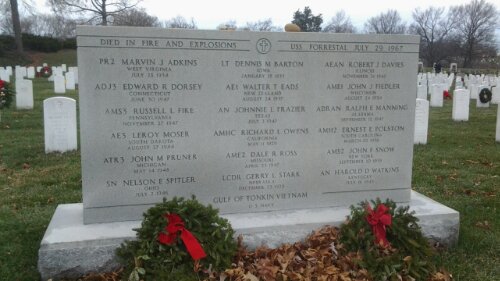
In 1967 on the flight deck of USS Forrestal, a rocket being carried by an aircraft accidentally fired. Several planes on the flight deck were destroyed, and the resulting fires and explosions claimed the lives of 134 crew. 18 sets of remains could not be identified, so these 18 were all buried together here.
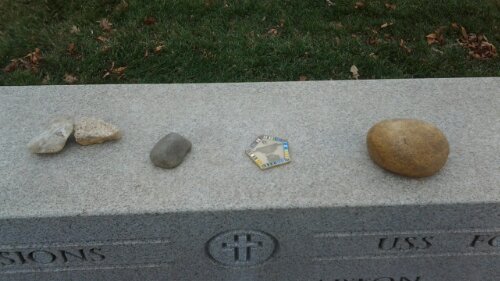
The challenge coin is from a counselling organization within the Veterans Administration, possibly left here by a Forrestal veteran.

I then started toward Section 60, but on the way stopped to pay my respects to two other casualties of the space program.
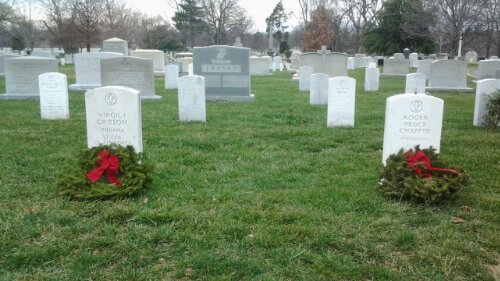
Gus Grissom and Roger Chaffee were two members of Apollo 1, the first manned mission of the Apollo program that would eventually send a man to the moon. The third crew member, Ed White, is buried in his native New York. All three were killed in 1967 when a fire consumed the interior of their capsule during a test.
And then to Section 60. This section is the newest, and so holds the remains of soldiers killed in Iraq and Afghanistan.
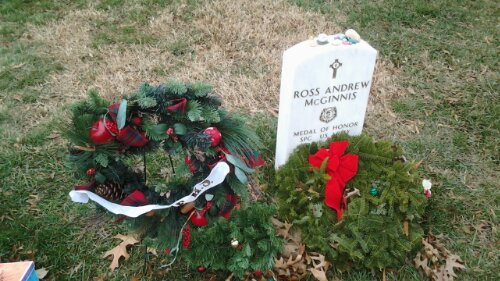
I had never heard of Ross McGinnis before I visited Arlington, but his being a Medal of Honor recipient prompted me to look him up. In 2006 he was a gunner in a Humvee. During an attack on his convoy an insurgent threw a grenade into his vehicle. He jumped down from his turret and threw himself on the grenade, saving his vehicle and everyone in it.
The adjective I would use to describe Section 60 is ‘raw’.
In the other parts of the cemetery, the grass is uniformly green and neatly trimmed, the headstones are pristine and I was usually the only person around. In Section 60 there were marquees around for funerals about to be held, graves that had recently been filled in, graves with temporary markers because the permanent headstones had not yet been installed, and the ground everywhere was covered with varying amounts of soil. There was also a steady hum in this section of family members coming and going. I saw several groups arrive by car and head into the cemetery carrying bunches of flowers, and cars that were already parked nearby bearing ‘Gold Star Family’ insignia.
But the aspect of Section 60 that set these graves apart was the personal mementoes that had been left by family members and comrades. Christmas cards, liquor bottles, photographs, unit insignia, challenge coins, all kinds of stuff. These are the backs of two headstones, to give you an idea of what I’m describing;
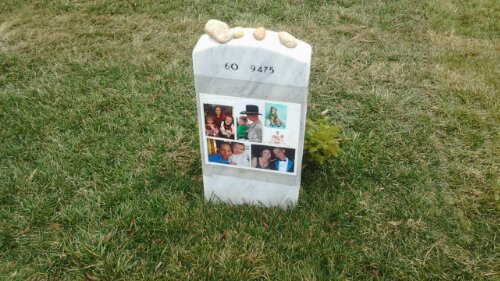
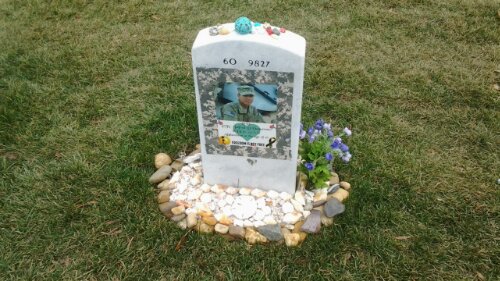
The overall sensation of visiting Section 60 was a revelation of war’s effects in the here and now. Visiting Section 60 made the events in Iraq and Afghanistan very real; they weren’t events that were happening on the news anymore. I keep coming back to the adjective ‘raw’.
I spent a lot of time in Section 60, just looking at the graves. I felt I owed it to them.
I didn’t arrive in Section 60 with any preconceptions, but when I left, the sensation produced by all the factors I mentioned meant that I was struggling to keep back the tears.
I’m not ashamed to admit it.

